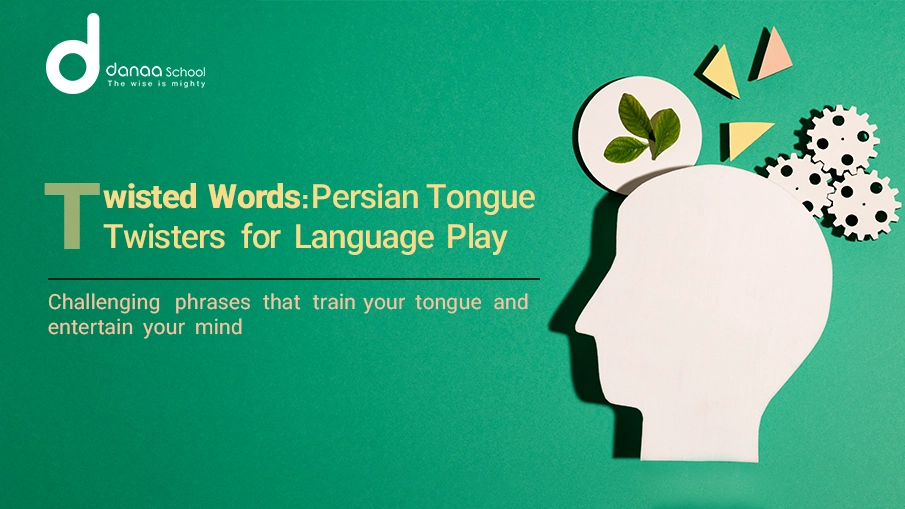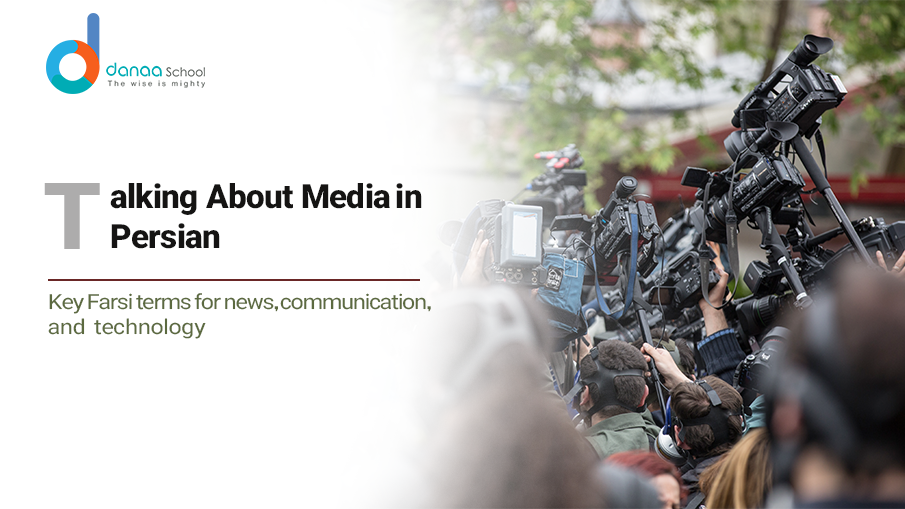Persian Tongue Twisters
Persian tongue twisters, known as “شکنندهی زبان” (Shekanandeh-ye Zaban), are fun, challenging phrases that help improve pronunciation, fluency, and listening skills in Farsi. Whether you’re learning Persian for the first time or simply want to impress your Persian-speaking friends, tongue twisters are an excellent way to practice tricky sounds and improve your articulation.
Persian Tongue Twisters in English
Learning Persian tongue twisters can be easier when they are transliterated into English. Below are a few popular ones:
- Zir-e zireh, zireh zir-e zireh ast.
- Meaning: “Under the cumin, cumin is under the cumin.”
- This phrase plays with the Persian word “زیره” (zireh), which means cumin.
- Ali agha gavi dareh, gavesh aab mideh.
- Meaning: “Ali Agha has a cow, he gives water to his cow.”
- This tongue twister helps learners practice the “gh” (غ) sound in Persian.
- Shaneh shenidam ke shaneh shod, shaneh shodeh shan shaneh shod.
- Meaning: “I heard that the comb became a comb, the combed hair became combed.”
- A challenging one that emphasizes the “sh” sound.
Practicing these tongue twisters will help learners get familiar with Persian phonetics and pronunciation, making conversations in Farsi smoother.
Persian Tongue Twisters Funny
Some Persian tongue twisters are difficult to say and quite humorous. Here are some funny ones to try:
- Ranghaye rangin rooye rangin kaman, rang mishe roo-ye rangin kaman.
- Meaning: “Colorful colors on the rainbow, the rainbow gets colored.”
- It is a playful phrase that highlights Persian’s poetic nature.
- Bolbol be bagh raft, bolbol be bagh bood, bolbol be bagh mand, bolbol bagh bood.
- Meaning: “The nightingale went to the garden, the nightingale was in the garden, the nightingale stayed in the garden, the nightingale was the garden.”
- It is a fun, repetitive phrase that focuses on the word “bolbol” (nightingale).
- Sib sefid sare sufreh shodeh, sare sufreh sib sefid shodeh.
- Meaning: “The white apple is on the table, on the table the white apple is placed.”
- This one plays with the “s” and “sh” sounds, making it a fun challenge.
Adding humor to learning Persian makes the process enjoyable, allowing students to practice pronunciation while having a good laugh.
Persian Tongue Twisters for Adults
Adults looking to enhance their Persian-speaking abilities can benefit from more complex tongue twisters. These are ideal for improving speech clarity and fluency:
- Shotor gondeh, gondeh tar az gondeh, gondeh tar az shotor-e gondeh, shotor gondeh ast.
- Meaning: “The big camel is bigger than big, bigger than the big camel, the camel is big.”
- This tongue twister helps with the “g” and “sh” sounds, common in Persian.
- Baad baadi be baadeh baad raft.
- Meaning: “The wind took the balloon with the wind.”
- A tricky one focusing on the “b” and “d” sounds.
- Dar baaz ast, baz dar ast, baz dar baaz ast.
- Meaning: “The door is open, there is a falcon inside, the falcon is in the open door.”
- This tongue twister helps with distinguishing similar-sounding words.
By practicing these challenging phrases, adult learners can sharpen their Persian skills and enhance their ability to speak fluently in various contexts.
Persian Tongue Twisters for Kids
Children learning Persian can enjoy simple and rhythmic tongue twisters to develop better pronunciation skills. Here are a few kid-friendly ones:
- Toot farangi toot farangi toot farangish kojast?
- Meaning: “Where is the foreign mulberry’s foreign mulberry?”
- This phrase helps kids with the “t” and “f” sounds in Persian.
- Gorbe gereh gereh gereh gereh kard.
- Meaning: “The cat tied a knot and knotted a knot.”
- It’s a great exercise for rolling “r” sounds.
- Mahi maa maa mikone, morgh magh magh mikone.
- Meaning: “The fish says ‘maa maa,’ the chicken says ‘magh magh.’”
- It is a fun way for kids to learn animal sounds in Persian.
These tongue twisters make learning Persian an exciting and engaging experience for children.
Learn Farsi at Danaa School
If you’re interested in mastering the Persian language, Danaa School offers a variety of courses tailored to all skill levels. Whether you’re a beginner or looking to refine your fluency, our expert instructors provide engaging lessons that make learning Farsi enjoyable and effective. Enroll today and take your Persian skills to the next level!
FAQs
1. What are Persian tongue twisters called in Farsi?
They are called “شکنندهی زبان” (Shekanandeh-ye Zaban), meaning “language breakers.”
2. Are Persian tongue twisters tricky for beginners?
Some can be tricky, but beginners can start with simpler ones and gradually progress to more complex phrases.
3. How can tongue twisters help in learning Farsi?
They improve pronunciation, fluency, and listening skills by training your mouth and ears to recognize Persian sounds.
4. Are there Persian tongue twisters similar to English ones?
Yes! Like English tongue twisters, Persian ones also rely on alliteration and wordplay.
5. Can kids learn Persian tongue twisters quickly?
Yes! Simple and fun tongue twisters make learning Farsi engaging and enjoyable for kids.
6. Where can I practice Persian tongue twisters online?
You can find resources and courses on Danaa School to help with pronunciation and fluency.
7. How often should I practice Persian tongue twisters?
Daily practice for at least 5-10 minutes can significantly improve your Farsi pronunciation and fluency.
Conclusion
Persian tongue twisters are an excellent way to improve pronunciation, fluency, and confidence in speaking Farsi. Whether you’re an adult or a child, practicing these fun and challenging phrases can make your language-learning journey more enjoyable. Try repeating these tongue twisters daily and see how much your Farsi improves over time!








